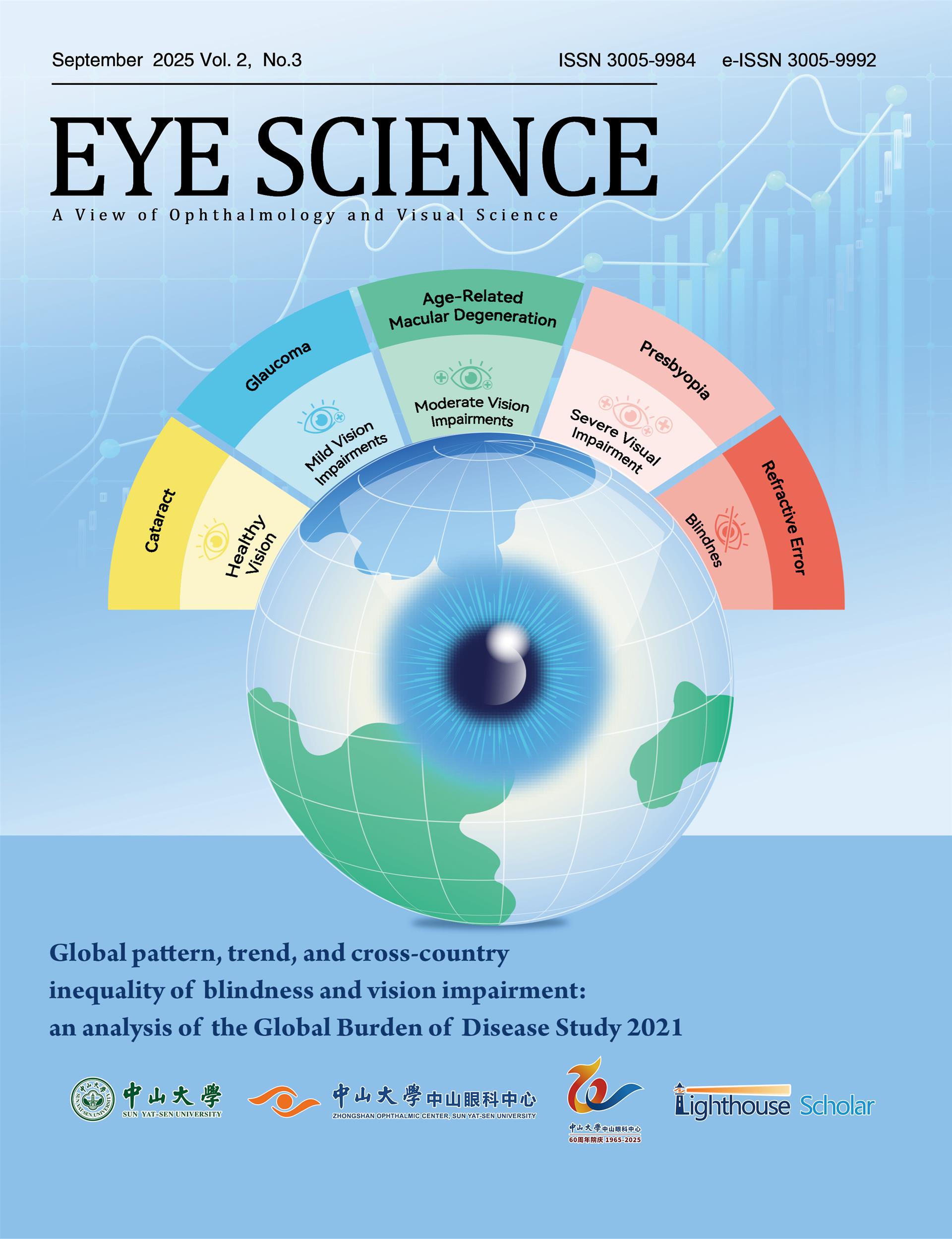Good vision is fundamental to human experience, profoundly influencing educational attainment, economic productivity and overall quality of life. Currently, it is estimated that at least 2.2 billion people globally suffer from vision impairment (VI), with over 1 billion of these cases being preventable or treatable yet remaining unaddressed. Despite significant advancements in global eye care services over the past few decades, which have yielded considerable benefits, the challenges continue to mount. With population growth and ageing, along with changes in behavior and lifestyle with urbanization, the number of individuals suffering from eye diseases, VI, and blindness is expected to rise, placing immense pressure on healthcare systems. This special issue delves into the current status of global eye care, exploring challenges, innovative solutions and future directions in the field.
Beyond the growing number of individuals with VI, inequalities in eye health represent another significant challenge facing global eye care. Older adults, women, and economically disadvantaged groups often encounter significant barriers in accessing timely and effective eye care services. In low- and middle-income countries, shortages of ophthalmologists, inadequate healthcare infrastructure, and low public awareness hinder the equitable provision of comprehensive eye care. Even in developed nations, challenges persist in reaching marginalized populations, including ethnic minorities and individuals residing in remote areas. Addressing these disparities is crucial for advancing global eye health and ensuring that everyone has access to the vision care they need.
Technological innovations offer promising solutions to the challenges facing global eye health, particularly through advancements in artificial intelligence (AI) and telemedicine. AI-driven diagnostic tools have significantly enhanced the screening efficiency for various eye diseases, allowing for earlier interventions. For instance, the AI-based systems developed by Professor Haotian Lin’s team at Zhongshan Ophthalmic Center, such as the CC-Cruiser for cataract diagnosis, have achieved diagnostic accuracies nearing 99%. Additionally, AI system for diabetic retinopathy screening has already been successfully implemented across various healthcare settings worldwide. Concurrently, telemedicine has revolutionized access to eye care, especially in remote and underserved communities. Applications like PEEK Vision and WHOeyes provide cost-effective and accurate remote vision screenings, effectively bridging critical gaps in eye care provision. By harnessing these technological advancements, we can significantly enhance the accessibility and quality of eye health services.
Advancing global eye health requires not only technological innovations but also strong policy support and international collaboration, as eye health is an essential part of Universal Health Coverage (UHC). Effective partnerships among governments, non-governmental organizations, academia, the private sector and other stakeholders are essential to drive public health education, raise awareness about eye health, encourage regular screenings, and ensure early treatment, ultimately reducing avoidable VI. Stakeholders in the ophthalmic community must work together to promote innovation and equitable access to eye health services, thereby securing the fundamental human right to clear vision. Through this special issue, we aim to foster dialogue and inspire action that will contribute to achieving "the right to sight" for all.


























